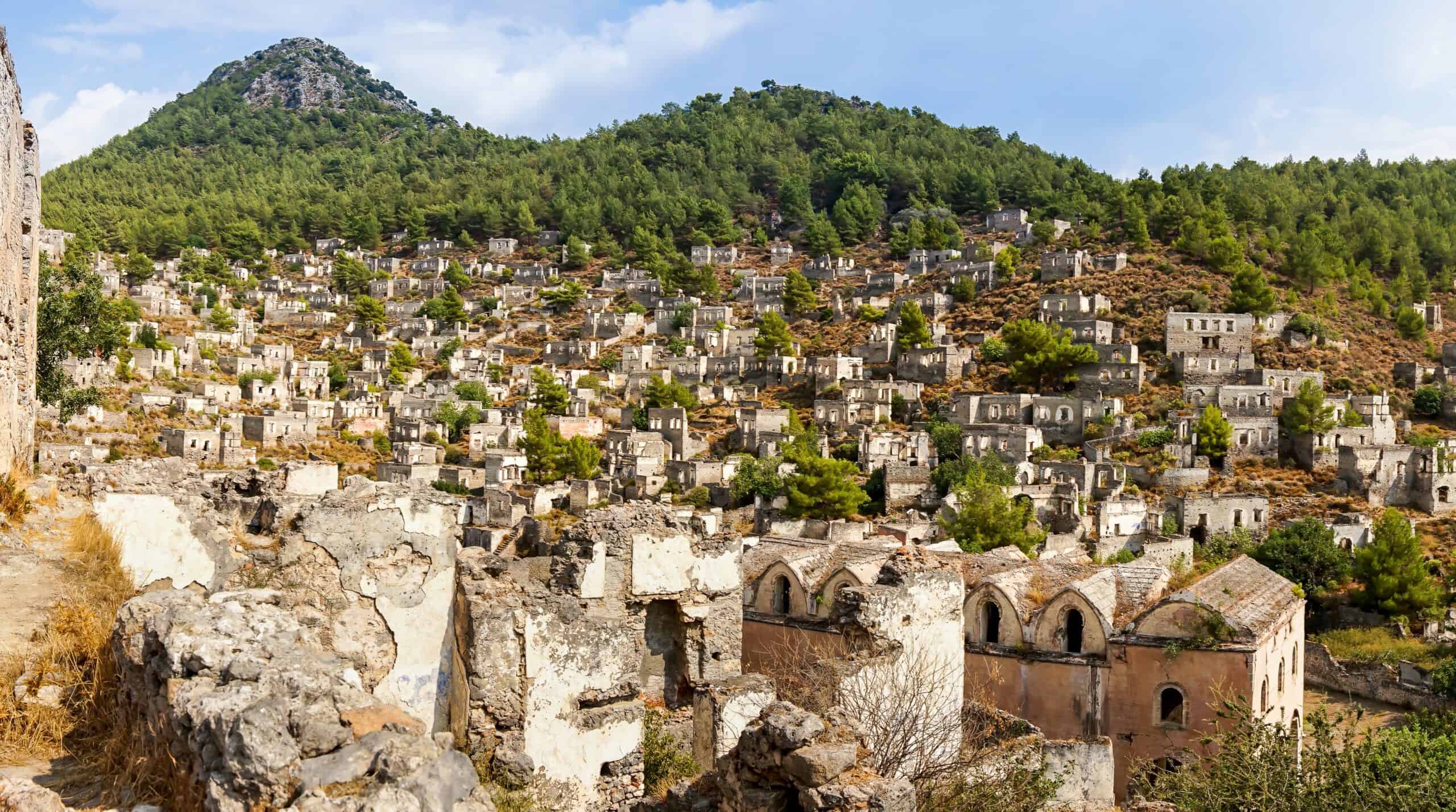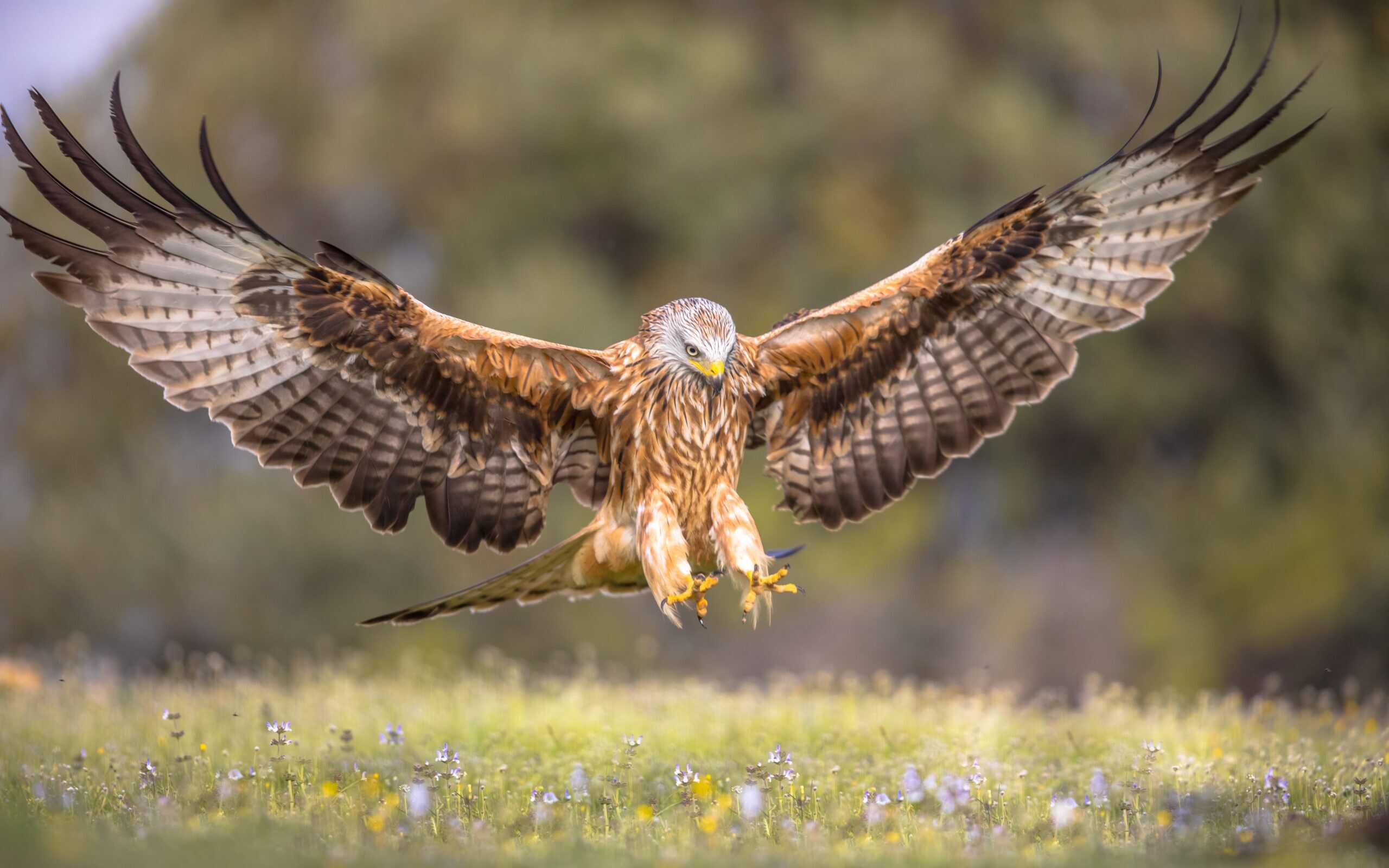Conservation efforts have played a vital role in reviving many amphibian species that were once on the brink of extinction. These unique creatures, often overlooked, are crucial to the ecosystems they inhabit. Through a combination of habitat restoration, captive breeding programs, and public education, several species have made remarkable comebacks. While challenges remain, the success stories of these amphibians highlight the importance of continued conservation work. Here are 15 amphibians that have been saved through these dedicated efforts.
Golden Toad (Incilius periglenes)
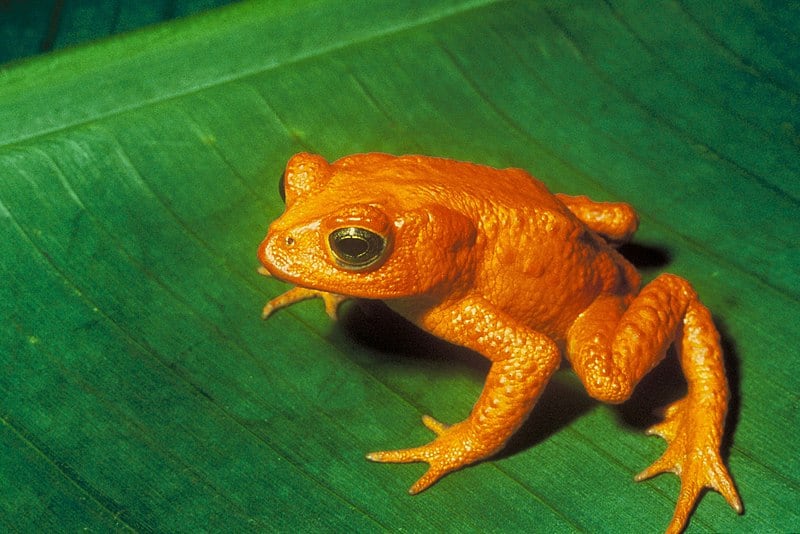
Once thought to be extinct, the Golden Toad has been the focus of intense conservation efforts. Native to Costa Rica, it was rediscovered in small numbers after years of searching. Conservation programs in its natural habitat, including protected reserves and captive breeding, have helped bolster its numbers. The species remains critically endangered, but these efforts have offered a glimmer of hope. Ongoing research and habitat restoration continue to play a crucial role in its recovery.
Axolotl (Ambystoma mexicanum)
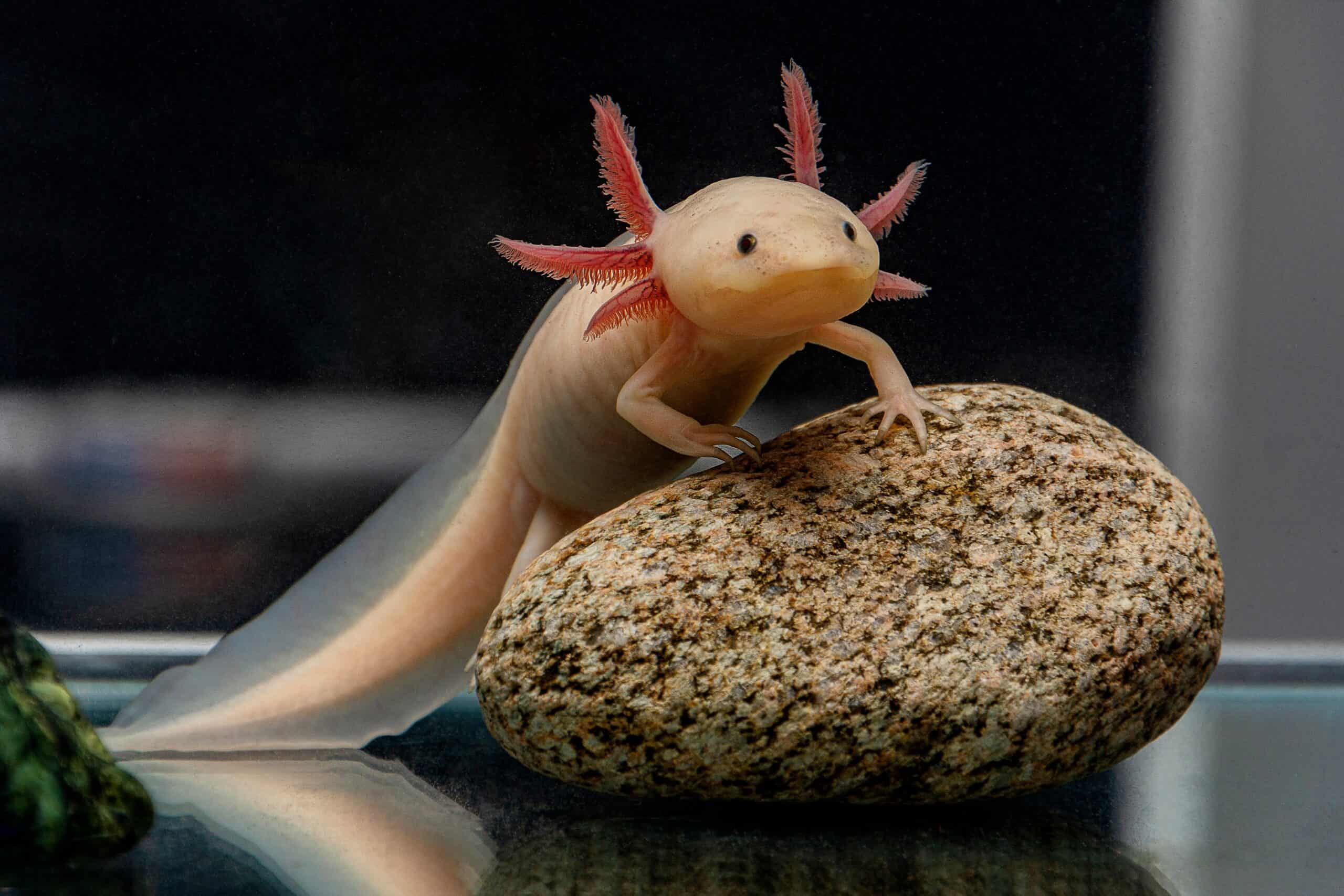
Famous for its ability to regenerate limbs, the Axolotl faced near extinction in the wild due to habitat destruction in Mexico. Conservation efforts, particularly in controlled breeding programs, have been pivotal in preserving this unique species. Zoos and aquariums around the world have contributed to its survival by maintaining genetic diversity. Public awareness campaigns have also played a key role in fostering support for its conservation. Despite ongoing challenges, these efforts have prevented the Axolotl from disappearing entirely.
Mallorcan Midwife Toad (Alytes muletensis)
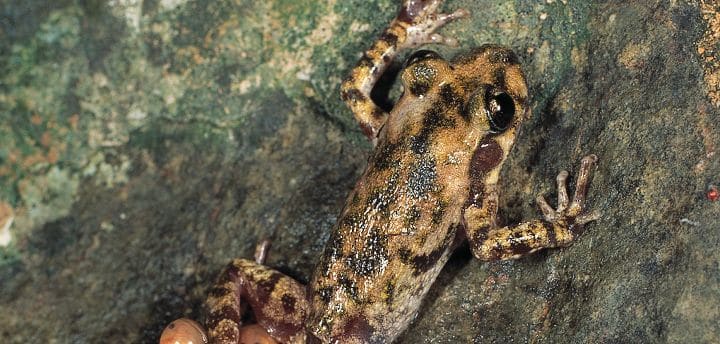
The Mallorcan Midwife Toad, native to the Balearic Islands, was once considered extinct until it was rediscovered in the 1970s. Intensive conservation work, including captive breeding and reintroduction into its natural habitat, has helped stabilize its population. The species is still vulnerable, but ongoing efforts have significantly improved its prospects. Preservation of its habitat remains a priority, ensuring that this unique toad continues to thrive. The collaboration between local communities and conservationists has been vital in its recovery.
Hellbender (Cryptobranchus alleganiensis)
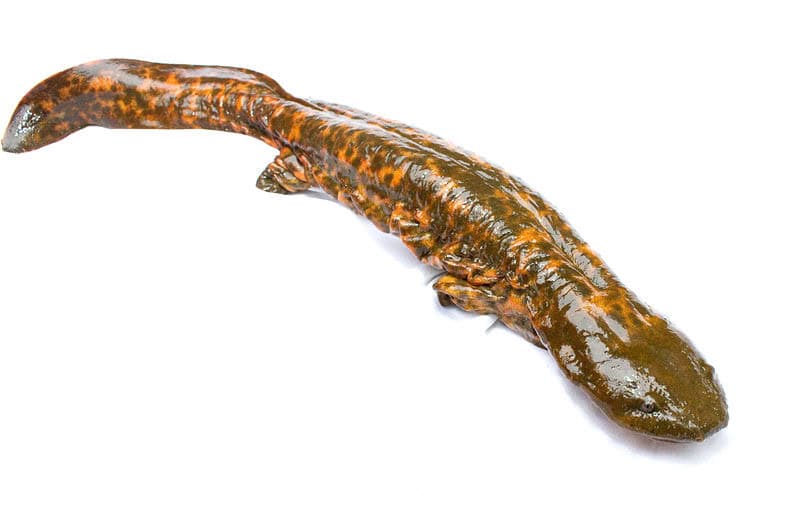
The Hellbender, North America’s largest amphibian, has seen a dramatic decline due to pollution and habitat loss. Conservation initiatives, such as habitat restoration and captive breeding programs, have been critical in halting its decline. Efforts to clean up rivers and streams where Hellbenders live have also been essential. These initiatives have not only helped the Hellbender but also improved water quality for other species. Continued conservation work is needed to ensure this ancient amphibian’s survival.
Kihansi Spray Toad (Nectophrynoides asperginis)
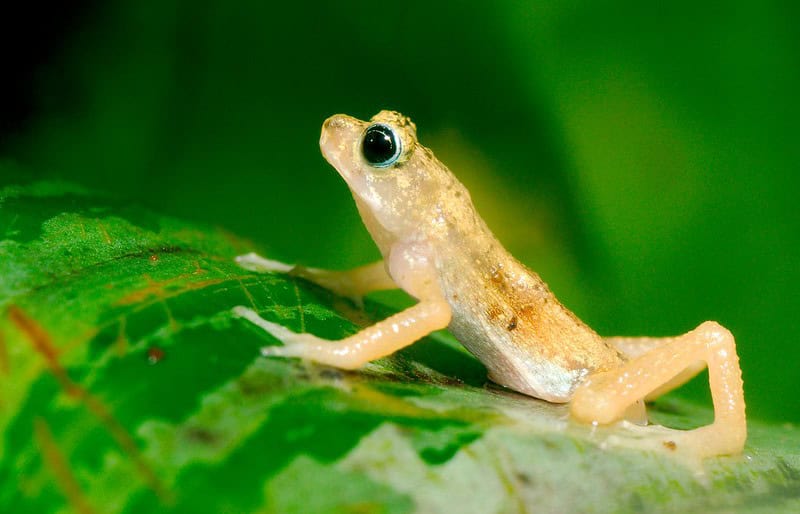
The Kihansi Spray Toad, once native to a single waterfall in Tanzania, became extinct in the wild following the construction of a dam. Fortunately, a captive breeding program in U.S. zoos managed to save the species. Reintroduction efforts have since been made in the toad’s natural habitat, with encouraging results. Conservationists have worked to restore the waterfall’s ecosystem to support the toad’s survival. This success story highlights the importance of ex-situ conservation efforts.
Wyoming Toad (Anaxyrus baxteri)
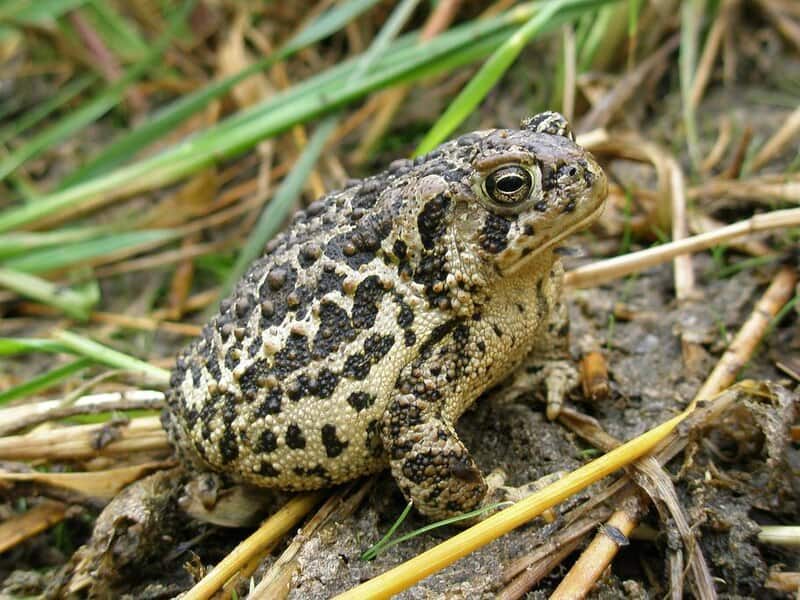
The Wyoming Toad was once common in its native range, but habitat loss and disease led to a sharp decline. Captive breeding programs have been essential in reviving the species, with thousands of toads being reintroduced into the wild. Conservationists have also worked to restore the wetlands that are crucial to the toad’s survival. The species remains endangered, but ongoing efforts have helped prevent its extinction. Collaborative efforts between government agencies and conservation groups have been key to its recovery.
Archey’s Frog (Leiopelma archeyi)
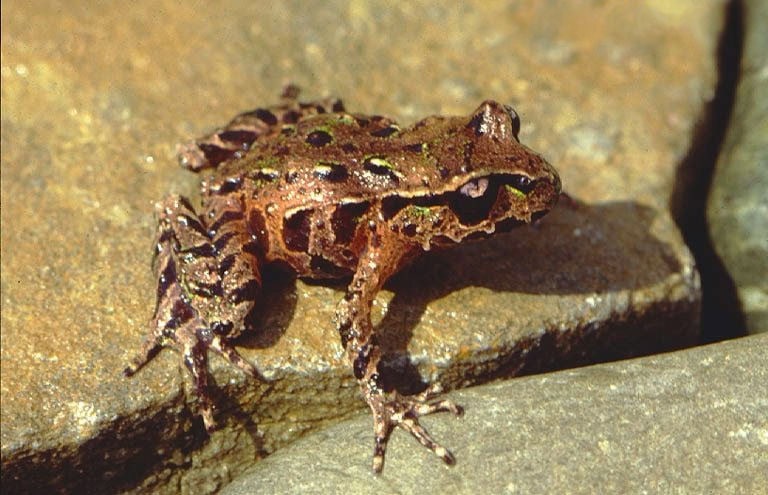
Archey’s Frog, found only in New Zealand, is one of the world’s most primitive frog species. Its population has been severely impacted by habitat destruction and disease. Conservation efforts, including habitat protection and research into disease resistance, have been crucial in stabilizing its population. The frog’s survival is also supported by captive breeding programs, which provide a safety net against extinction. Continued conservation action is necessary to protect this living fossil.
Corroboree Frog (Pseudophryne corroboree)
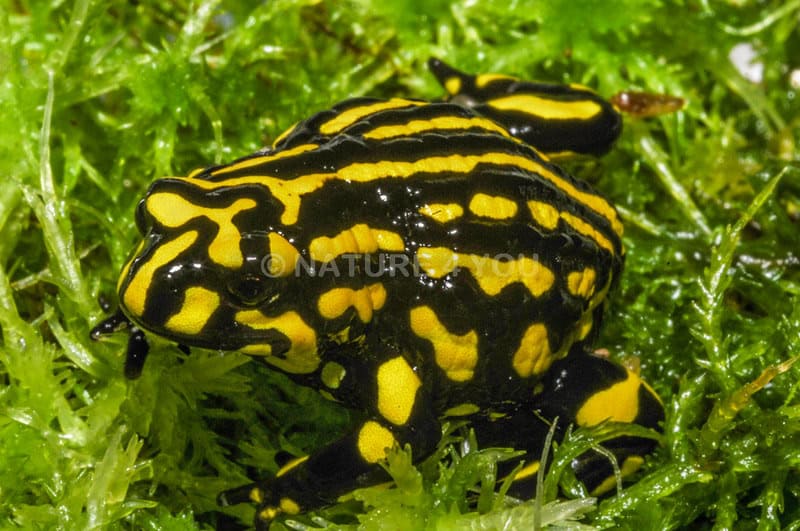
Native to Australia, the Corroboree Frog is known for its striking black and yellow coloration. The species has been severely threatened by disease and habitat loss, leading to intensive conservation efforts. Captive breeding programs have been established to maintain a healthy population while scientists work to combat the disease affecting wild populations. Reintroduction efforts in protected areas have shown promise, offering hope for the species’ long-term survival. Public education campaigns have also been essential in garnering support for its conservation.
Mountain Chicken (Leptodactylus fallax)
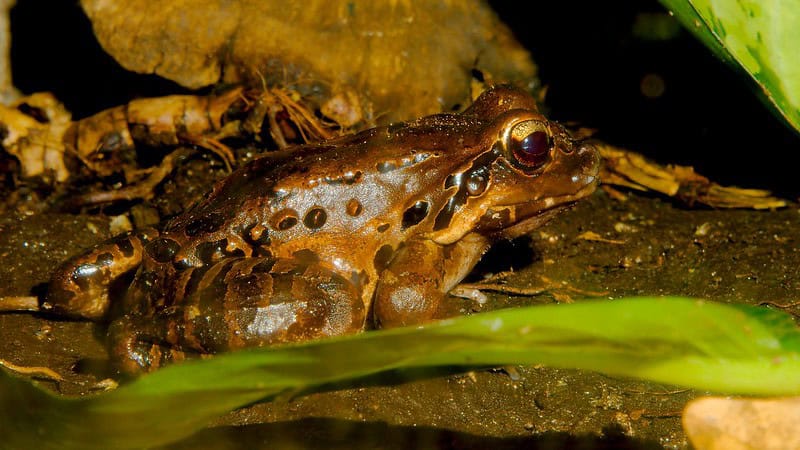
Despite its unusual name, the Mountain Chicken is a critically endangered frog native to the Caribbean islands of Dominica and Montserrat. Disease, habitat loss, and hunting had nearly wiped out the species. Conservationists have implemented captive breeding programs and habitat restoration efforts to revive its population. These efforts have been successful in establishing a small but growing population in the wild. The species remains under threat, but ongoing conservation work is helping to secure its future.
Puerto Rican Crested Toad (Peltophryne lemur)
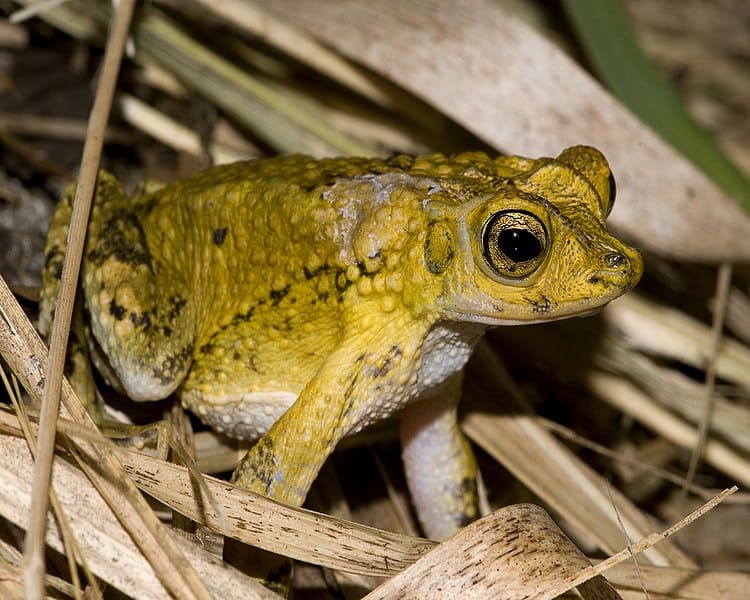
The Puerto Rican Crested Toad was once thought to be extinct but was rediscovered in the 1980s. Conservation programs, including captive breeding and habitat protection, have been crucial in reviving its population. Zoos across the world have played a significant role in breeding and reintroducing the toad into protected areas. Public education efforts in Puerto Rico have also raised awareness of the species’ plight. The toad’s recovery is a testament to the success of coordinated conservation efforts.
Giant Salamander (Andrias japonicus)
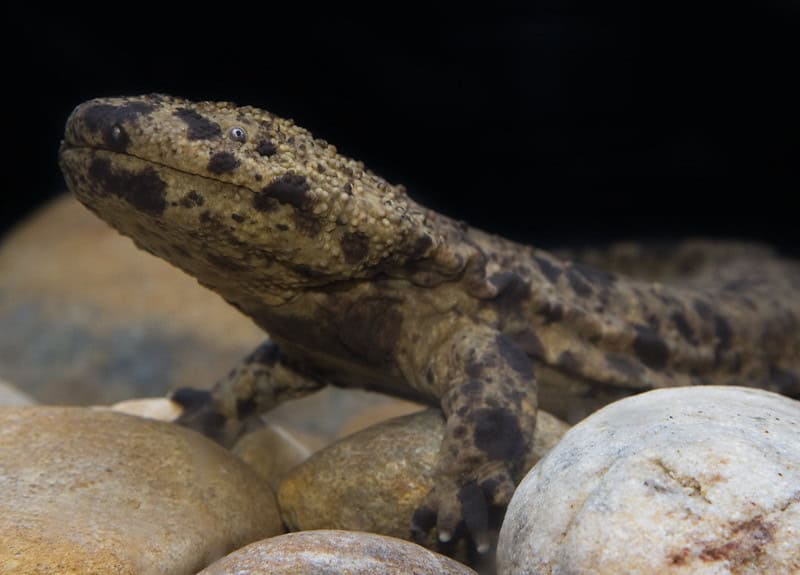
The Giant Salamander, native to Japan and China, is one of the largest amphibians in the world. Pollution, habitat loss, and over-harvesting had led to a sharp decline in its population. Conservation efforts, including habitat restoration and breeding programs, have been critical in preserving this unique species. Protected areas have been established to safeguard its natural habitat, and breeding programs have been successful in bolstering its numbers. These efforts have been vital in preventing the species from becoming extinct.
Spotted Tree Frog (Litoria spenceri)
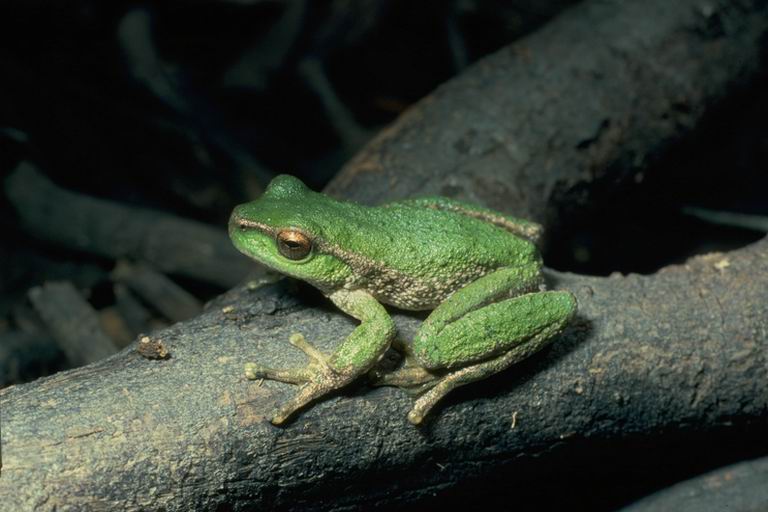
The Spotted Tree Frog, native to southeastern Australia, has been severely affected by habitat loss and disease. Conservationists have implemented captive breeding programs and habitat restoration efforts to protect the species. Reintroduction programs in protected areas have been successful in establishing new populations. These efforts have been supported by research into disease resistance and habitat management. The frog’s recovery is a positive example of the impact of targeted conservation efforts.
Olm (Proteus anguinus)
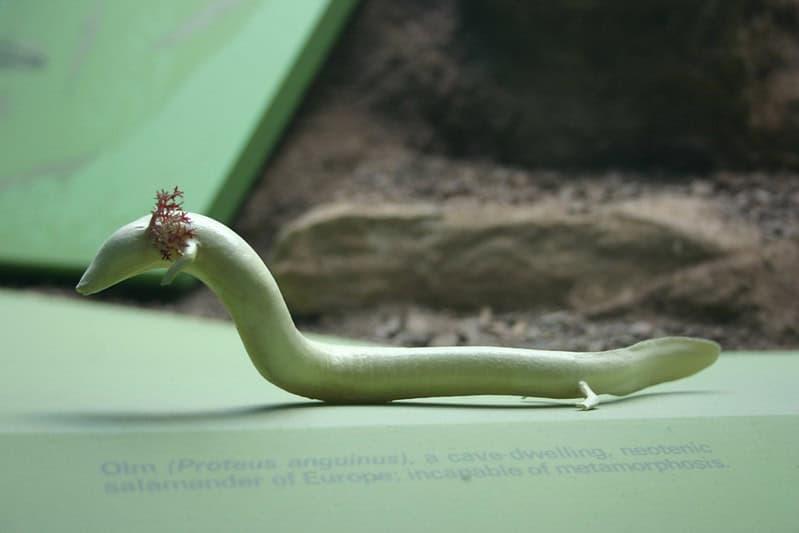
The Olm, a blind salamander native to the caves of southeastern Europe, is a remarkable species that has been threatened by habitat destruction and pollution. Conservation efforts have focused on protecting its cave habitats and ensuring clean water supplies. Research into the species’ biology and ecology has also been important in informing conservation strategies. Captive breeding programs have been established to provide a safety net for the species. The Olm’s survival is a testament to the importance of preserving unique and fragile ecosystems.
Tomato Frog (Dyscophus antongilii)
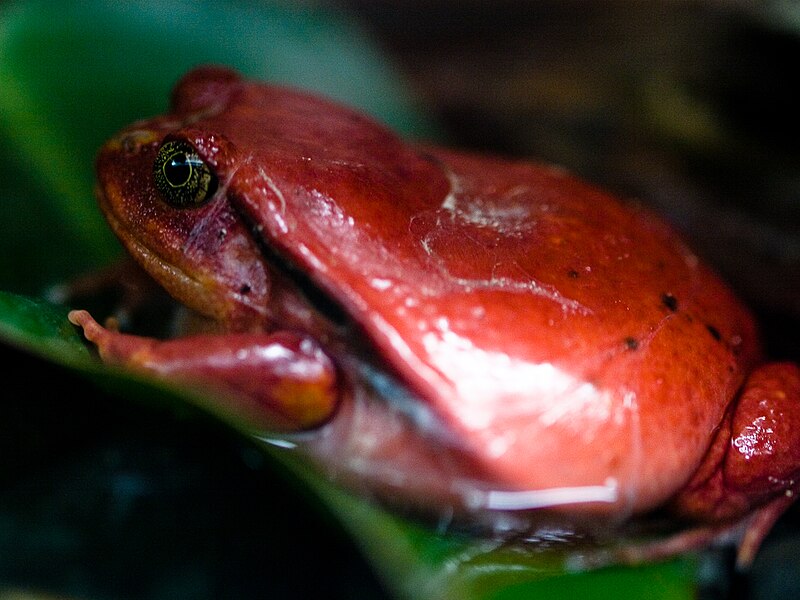
The Tomato Frog, native to Madagascar, is known for its bright red coloration and has been threatened by habitat loss and the pet trade. Conservation efforts, including habitat protection and captive breeding programs, have been essential in stabilizing its population. Public education campaigns in Madagascar have also helped reduce the collection of these frogs from the wild. These efforts have been successful in ensuring that the Tomato Frog remains a vibrant part of Madagascar’s biodiversity. The species’ recovery highlights the importance of community involvement in conservation.
Chinese Giant Salamander (Andrias davidianus)
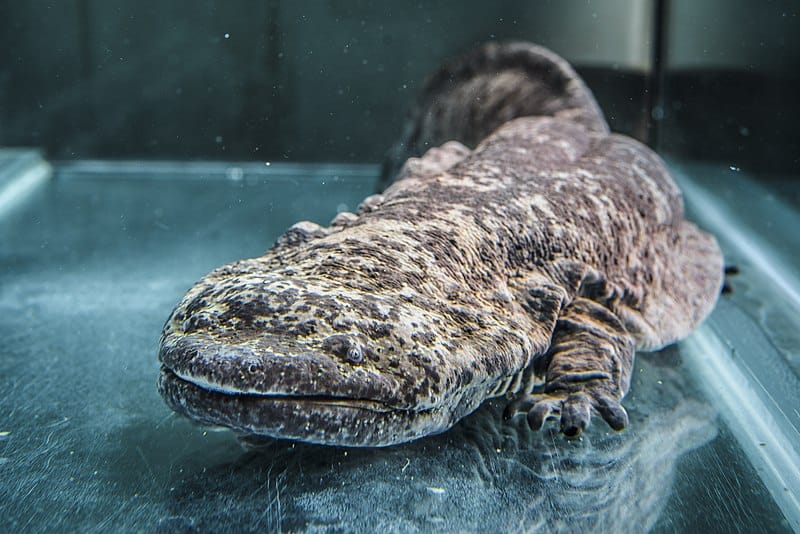
The Chinese Giant Salamander, one of the world’s largest amphibians, has faced significant threats from habitat destruction and over-harvesting. Conservation efforts, including captive breeding and the creation of protected areas, have been crucial in preventing its extinction. These efforts have been supported by public education campaigns aimed at reducing demand for the species in traditional medicine. Research into the species’ biology has also informed conservation strategies. The ongoing work to protect the Chinese Giant Salamander is essential for its continued survival.
This article originally appeared on Rarest.org.
More From Rarest.Org
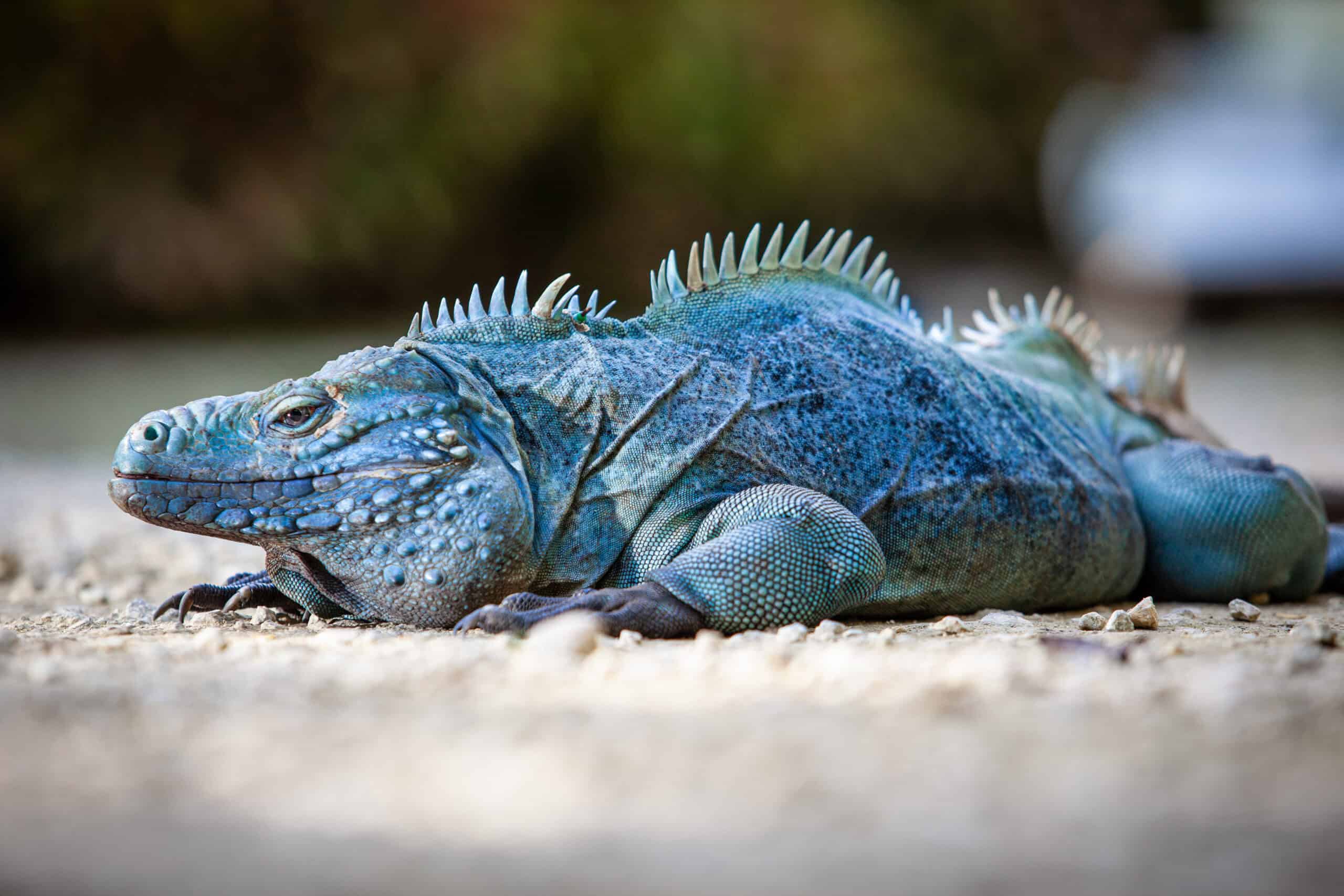
The world of reptiles is full of mysteries, especially those found on deserted islands. These islands often harbor unique species, evolving separately from mainland counterparts. Read more.
Ghost towns offer a fascinating glimpse into the past. These places, once bustling with life, now stand abandoned and silent. Each has its own story, shaped by events that led to its desertion. Read more.
Many bird species faced extinction in recent decades. Through conservation efforts, some have made remarkable recoveries. This article highlights a few of these incredible success stories. Each bird faced unique challenges. Read more.

